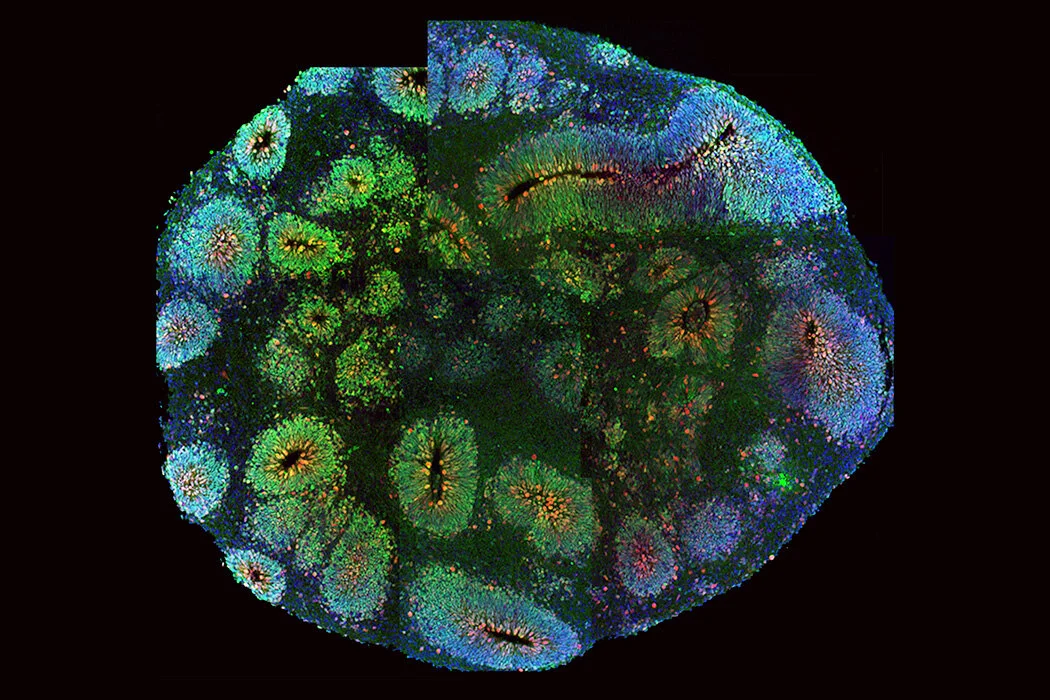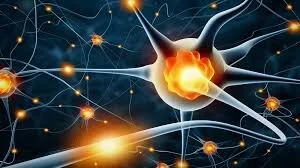The Fascinating Neuroscience of 5-MeO-DMT
Renowned for inducing powerful and transformational states of consciousness, 5-MeO-DMT is a natural mystery. Scientific research has now shown the molecule's capacity beyond the effects on the psyche, deep inside the brain to a neurochemical level where the compound has been shown capable of building new brain (nerve) cells.
5-MeO-DMT is a psychedelic compound found in nature. It is famously contained in the venom of the Bufo Alvarius, a toad from the North Mexico Sonoran Desert. Chemically similar to the classic psychedelic DMT (N,N-DMT), but an estimated six-times more potent, 5-MeO-DMT is capable of inducing profound, transcendent experiences that have led to it's labelling as "the God molecule." In recent years, there has been an emergence of 5-MeO-DMT ceremonies, with people taking 5-MeO-DMT, under the guidance of a shaman, for self-growth, transformation and spiritual purposes. However, moving from the ceremony to the laboratory, what happens inside the brains of people taking this hallucinogenic compound?
5-MeO-containing Bufo Alvarius toad
The usefulness of different psychedelics in treating mental health disorders is becoming ever more apparent as the global psychedelic renaissance is well underway. Conducted research into 5-MeO-DMT showed inhalation of Bufo toad venom decreased study participants levels of depression and anxiety and increased their satisfaction with life one-month following ingestion. However, the biology that explains why 5-MeO-DMT, and psychedelics as a whole, can improve mental health still remains a mystery.
Some scientists suggest mental health disorders such as depression could be caused by a reduced number of nerve cells in specific brain regions. Because of this reasoning, psychedelics may have an antidepressant effect by helping build and grow new nerve cells, replacing those which have been depleted and lost. Outcomes from experiments indicate this may well be the case for 5-MeO-DMT.
One experiment published in Nature, 2017, investigated 5-MeO-DMT using organoids. Organoids are essentially mixtures made from different cells that organise to make tissue structures similar to human organs and can be used to model the human brain. When the researchers injected their brain-like organoid with 5-MeO-DMT, their results showed 5-MeO-DMT increased molecules involved in nerve-cell survival and communication. Furthermore, not only did 5-MeO-DMT decrease events in the brain which promoted nerve-cell death, but it also controlled elements of long-term potentiation (LTP), a process responsible for learning and memory.
Examples of human brain organoids
Although organoids give us a good idea of what might be happening with 5-MeO-DMT, it's difficult to say whether the effects inside a petri dish would be the same as inside a living person. Unfortunately, science hasn't found an ethical way to inject 5-MeO-DMT into a living human brain while looking at cells' effects. However, an experiment in 2019 showed the cellular-impact of injecting 5-MeO-DMT into mice, which have similar biology to humans. The researchers found 5-MeO-DMT injection caused increased neurogenesis, the name given to the process of building new nerve-cells, in the Dentate Gyrus, a vital area of the brain for learning and memory. The new cells formed from 5-MeO-DMT injection also showed to be more complex, indicating these new cells were capable of receiving more signals from other brain areas and grew to maturity at an increased speed than usual.
Neurogenesis in the brain allows more signals to be transmitted and received by nerve cells
The experiment outcomes of 5-MeO-DMT could indicate the mechanisms which explain why psychedelics are beneficial in treating mood disorders, such as depression, by compensating depleted cells. However, by controlling nerve-cell signalling, LTP and neurogenesis, the usefulness of 5-MeO-DMT could extend beyond mood disorders and treat a broad scope of diseases where nerve cells are lost, nerve-signalling is damaged, and learning and memory are impaired. For example, Alzheimer's disease, which has no adequate current treatment is characterised by impaired memory and nerve-cell loss. Other diseases where nerve cells are depleted include Parkinson’s and Huntington’s disease.
If the effects of 5-MeO-DMT outlined by the experiments are the same in humans - this certainly holds therapeutic promise. However, 5-MeO-DMT is a powerful experience, capable of traumatization and flashbacks and in select cases, reality dissolution and mania. These risks are amplified by those using the compound without proper guidance, or subjected to malpractice by 5-MeO-DMT facilitators, such as the case of Octavio Rettig and Gerry Sandoval. If the compound found it's way into mainstream therapy - extensive harm-reduction education would be urgent, as would thorough training of guides administering the substance.
Another point of consideration, would those seeking biological treatment want to endeavour such journeys of intense shifts-in-consciousness? Perhaps the next step of scientists would be to generate a compound that could replicate the biological, but not the psychological effects. However, whatever research occurs, 5-MeO-DMT must be obtained ethically not further to endanger the Bufo Alvarius toads, which has so far resulted from over-sourcing.
It is highly uncertain whether the effects of 5-MeO-DMT in organoids and mice would be the same in humans. And it still remains very unclear whether 5-MeO-DMT would provide positive outcomes for various brain-related diseases. However, continued support for psychedelic research will help scientists figure out such questions. As the sphere in the scientific approach to psychedelics continues to evolve, more of the remarkable capacities of compounds, like 5-MeO-DMT, can be brought to light.



